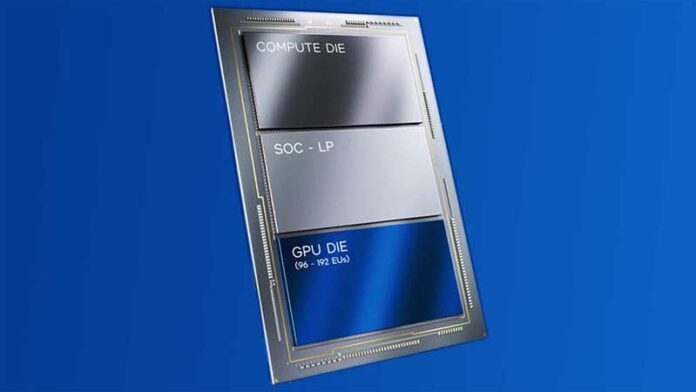Today’s Intel desktop CPUs use the Alder Lake architecture. Next-generation models, known as 13th Gen Core, harness Raptor Lake. Farther out, 14th Gen Core will employ chiplet-based Meteor Lake technology and arrive to market in late 2023. If a recent rumour is to be believed, 14th Gen Core’s integrated graphics are to feature hardware raytracing.
According to Coelacanth’s Dream, a leaker with a solid track record of exposing yet-to-be-announced features and capabilities, a recent patch for Intel Graphics Compiler suggests Meteor Lake’s iGPU to have RT hardware.
Posting finds over the weekend, there appears to be code confirming the existence of raytracing smarts in Meteor Lake. If true, a few questions arise. The first is whether hardware raytracing makes sense in anything other than at least mid-level discrete graphics cards, because going by our own findings, RT cores are a tickbox exercise than of real-world use in low-end GPUs.
Meteor Lake isn’t the first iGPU with presumed RT cores, of course. That honour goes to AMD’s Ryzen 6000 Series mobile processors launched at the turn of the year and now found in a multitude of laptops.
Another question is how well can Intel tune software to take advantage of RT cores, because going by recent delays to discrete Arc GPUs, also housing raytracing, omens are not great.
Nevertheless, raytracing looks set to become pervasive across all three major companies’ forthcoming top-to-bottom GPU stacks. Nvidia currently enjoys a performance lead emanating from being the first to market, but as a purveyor of discrete graphics cards, doesn’t have to worry about integrated graphics.

